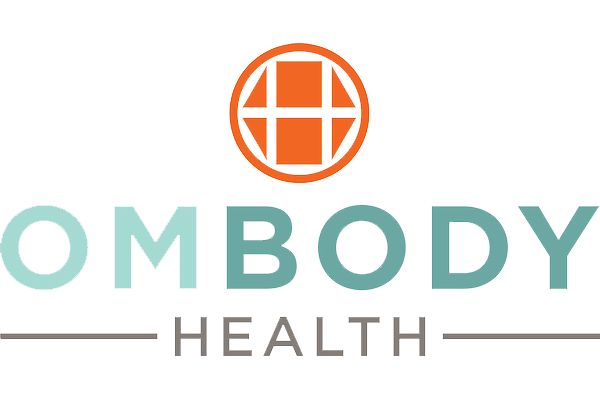Because, “what’s good for us as individuals is also good for corporate America’s Bottom Line.” – Huffington Post
Workplace wellness programs are all the buzz, and for good reason. In 2013, about 75% of US employers offered wellness programs, and that number keeps rising (Batorsky et al, 2016). Here’s why!
1.Poor health is on the rise both nationally and globally. In 2012, about half of American adults suffered from at least one chronic disease and at least one quarter of all U.S. adults will struggle at some point in their life with a mental health condition such as depression or anxiety (Quelch & Boudreau, 2016). People are an organization’s number one asset; when people are not functioning at their highest, the company as a whole cannot grow into its full potential.
2.We Work a Lot: The average working adult spends about 30% of their time working; almost one third of their life (Bright et al, 2012)! Thus, there is no doubt that work-related stressors, work environment and culture, and the health benefits provided by employers all have a significant influence on employee wellbeing (Quelch & Boudreau, 2016).
3.Lower Health Care Costs: Research indicates that a company can save an average of $3.27 on health care spending per $1.00 spent on employee wellness (Baicker, Cutler, & Song, 2010). And employees themselves may be able to save an average of $50 per month as a result of fewer doctor visits, lower insurance premiums, and otherwise reduced spending on poor health (Kohler, Contacos-Sawyer, & Thomas, 2015).
4.Boosted Bottom Line: Productivity costs—due to illness, low energy, stress and poor focus—can drive the true cost of employee health to more than double direct healthcare costs. Research and data show that employee health has a considerable influence on productivity, engagement, absenteeism, presenteeism, and retention, all of which influence a company’s bottom line and competitive advantage. (Gifford & Jinnett, 2016).
5.Added Value: Employees have the potential to add a tremendous amount of value to their organization. This value is compromised when employees are sick, distracted or lacking energy. Organizational costs of unhealthy employees are not only influenced by health care and productivity costs, but also the lost value that sick employees are not adding to the organization—a number that can be much more challenging to calculate (Gifford & Jinnett, 2016). Tremendous value can be added when employees are arriving to work healthy, energetic, and eager to contribute to an organization that appreciates them. Healthy employees are not just less costly, but they are the arsenal needed to take a company to the next level.
The Bottom Line: Healthier employees mean healthier companies.
Questions to Consider: How do your employees add value to your organization? In what ways does sub-optimal health take away from this value? (Gifford, 2016). Does poor health influence customer service, sick days and disability, add to health care costs, hinder productivity and performance?
|
Organizational Benefits of Employee Health
|
Benefits to Your Employees
|
At OmBody Health, we not only motivate employees to make healthier choices, but we help them lay a strong and sustainable foundation of health from which they can discover their best selves. We engage employees in optimizing their health and human potential so that they add more value to their organizations.
 About the Author
About the Author
Allie Andrews is the Founder and Program Director at OmBody Health. She is a Certified Health Coach, author, and is pursuing her Master’s Degree in Education with a focus in Corporate Wellness. Allie and her team have been transforming employee wellbeing since 2014. Learn more.
References:
Baicker, K. Culter, D., & Song, Z. (2010). Workplace Wellness Programs Can Generate Savings. Health Affairs, 29(2), 304-311. doi:10.1377/hlthaff.2009.0626
Batorsky, B., Taylor, E., Huang, C., Hangsheng, L., & Mattke, S. (2016). Understanding the Relationship Between Incentive Design and Participation in U.S. Workplace Wellness Programs. American Journal of Public Health, 30 (3). 198-203. doi: 10.4278/ajhp.150210-QUAN-718
Bright, D. R., Terrell, S. L., Rush, M. J., Kroustos, K. R., Stockert, A. L., Swanson, S. C., & DiPietro, N. A. (2016). Employee Attitudes Toward Participation in a Work Site-Based Health and Wellness Clinic. Journal of Pharmacy Practice 25(5). 530-536. doi: 10.177/0897190012442719
Gifford, B., Parry & T., Jinnett, K. (2016). Finding the Value in Health: Results from the Integrated Benefits Institute’s 2015 CFO Survey. Retrieved from Integrated Benefits Institute website: https://ibiweb.org/research-resources/
Kohler, K., Contacos-Sawyer, J., & Thomas, B. (2015). Employee Wellness Programs: Savings for Organizations and Employees. Competition Forum, 13(2), 210-213. Retrieved from http://search.proquest.com.proxy1.ncu.edu/docview/1755486090?accountid=28180
Quelch, J. A. & Boudreau, E. C. (2016). Employee Health (HBS Report N2-516-074). Retrieved from Harvard Business School & Harvard T.H. Chan School of Public Health Public Health & Corporate Social Responsibility Conference.

